When the Columbine shooting happened in Colorado, just 41 miles due south of the Watts home in Frederick, it was the worst high school shooting in U.S. history. Although there were 15 deaths [including the two perpetrators] and 21 non-fatal gunshot injuries, the shooting was later defined as a botched and badly implemented terrorist bombing.

None of the bombs rigged with detonators went off. As bad as it was, the Columbine massacre was a lot less than it was intended to be. Harris and Klebold had intended their attack on their high school to rival the Oklahoma City Bombing which killed approximately 169 Americans.
Because of the poor execution of the crime, there was initial speculation that the shootings weren’t premeditated, or if they were, that little initial planning was involved. In fact during the year prior to the attack, Harris and Klebold both kept journals and compiled a series of video messages with statements of intent, including 30 minutes before the attack on April 20, 1999.
The same speculation dogs the Watts case currently – that because his crime was poorly executed, Watts must have “just snapped”.

On April 20th, 2004, five years to the day after Columbine, Slate published an analysis with a promising blurb:
At last we know why the Columbine killers did it.
Five years ago today, Eric Harris and Dylan Klebold murdered their classmates and teachers at Columbine High School. Most Americans have reached one of two wrong conclusions about why they did it. The first conclusion is that the pair of supposed “Trench Coat Mafia outcasts” were taking revenge against the bullies who had made school miserable for them. The second conclusion is that the massacre was inexplicable: We can never understand what drove them to such horrific violence.
Thanks to the genius of the FBI and their expert psychologists, the true motive for the massacre was revealed.

That’s an incredible assessment – that two kids harbored no resentment of their peers – but wanted to kill them in an unusually extreme and colossal manner simply to make a statement. It wasn’t personal, the FBI said, and I guess when they committed suicide afterwards, that wasn’t personal either. It shows just how clueless the FBI and law enforcement can be when it comes to interiority.
10 years after Columbine the motive [at least as far as the mainstream media were concerned], still remained unclear. This was despite the extensive notes and statements of intent left behind and communicated by the killers. It was also in spite of the FBI’s expert assessment that the kids were just trying to make a big statement, nothing more.

Almost 20 years later the rationale behind what happened at Columbine remains a matter of controversy. Bullying has been alternately discounted and counted as an important factor. Social climate has been discounted and counted as an important factor. Ditto Goth subculture, video games, antidepressants, teenage internet use, movies like Natural Born Killers and music. Craziest of all, almost two decades after the massacre, no one seems to agree on the most basic question of all: were the killers outcasts or not?
In Slaughter, I profiled 8 mass shooters, and along the way examined the Columbine case. The test in every massacre is the same. Where there’s an extreme amount of violence [sadism] it’s contingent on an imputed sense of insignificance [humiliation]. Where you find a massacre, you will always – without exception – find social death plaguing the shooter.
The same applies to true crime, but the psychology is more nuanced and subtle where a single person extinguishes the life of one other individual.
In the Columbine case, the FBI succeeded in seeing an intention to make the biggest and loudest possible statement. But they failed dismally in linking why they felt the need to do this as strongly as they did.
Much of these basic issues also apply to the Chris Watts case. But if these simple questions around why or what caused young men to act out the way they did weren’t answered then, what chance is there the same simple questions will be answered in the Watts case?
When criminal cases are placed under the microscope in the glare the media and the all-seeing-eyes of America’s social media, it seems inevitable that the truth will eventually emerge, doesn’t it?
But the truth hasn’t emerged in the Columbine case.
It hasn’t emerged in the JonBenet Ramsey case.

In the Aurora shooting, which played out in 2012 [the same year the Watts family moved to Frederick] that shooter [James Holmes] was sentenced to 3 318 years in prison, but the jury felt Holmes didn’t deserve the death penalty.

At the time, the Aurora Cinema attack had the largest number of casualties in one shooting in modern U.S. history. That attack was blamed on mental illness. A huge coup for his defense during trial was thanks to Holmes’ diary [which contained meticulous calculations of the attack] being protected by physician–patient privilege. The judge ruled it inadmissible because Holmes later mailed it to his psychiatrist.

When one looks at Frederick, Columbine and Aurora on a map, it appears as an upside-down Y. And right now, the record for figuring out the Y is pretty upside down.
On October 6th, 2018, the Greeley Tribune noted of the Watts case:
In the motion filed Thursday, Steve Zansberg — a First Amendment attorney…who represents The Tribune and its media partners — argued the Weld County Coroner’s Office…is the official custodian of the autopsy reports because they were “made, maintained or kept” by that office.
In his 22 years representing Zansberg said he can remember only one instance, the Columbine High School massacre, in which a judge ruled the release of autopsy reports would adversely affect the public.
[The Greeley Tribune] fundamentally believe in a democratic society that the records detailing actions undertaken by officials who serve that society must be public. In the absence of such transparency, we cease to live in an open society. The last time a Colorado judge ruled the release of autopsy reports would adversely affect the public was the Columbine High School massacre in 1999, 19 years ago.
Is the Watts case really the worst incident in Colorado since Columbine, even worse than the Aurora shootings?
Will the outcome of this case – in terms of why – be better than those that have come before?

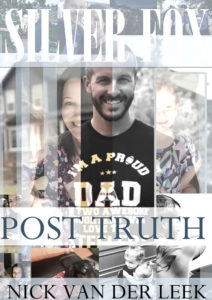




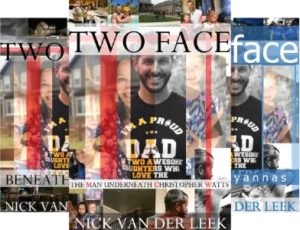

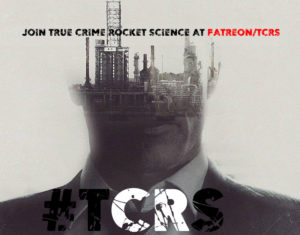

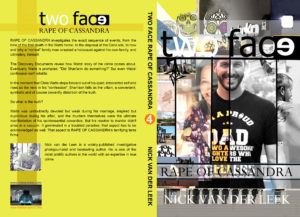
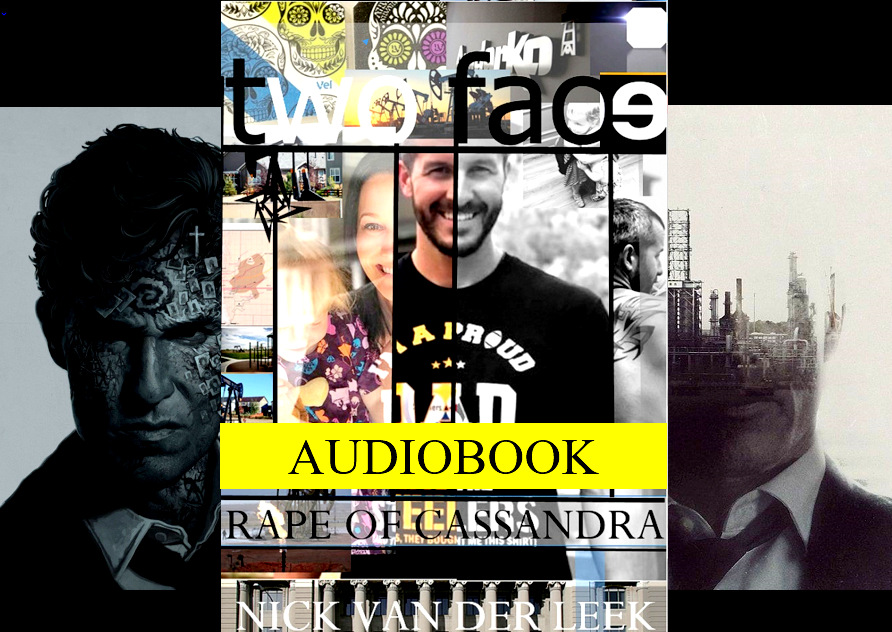
Recent Comments